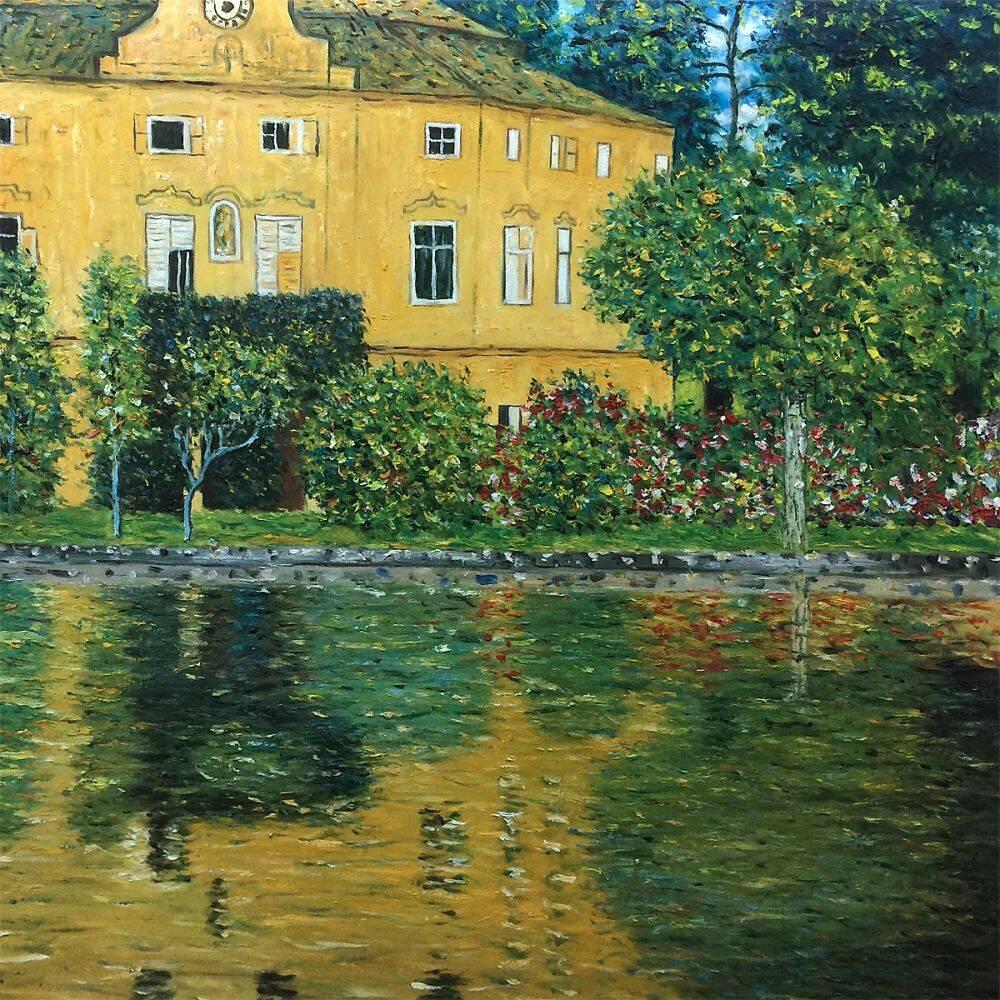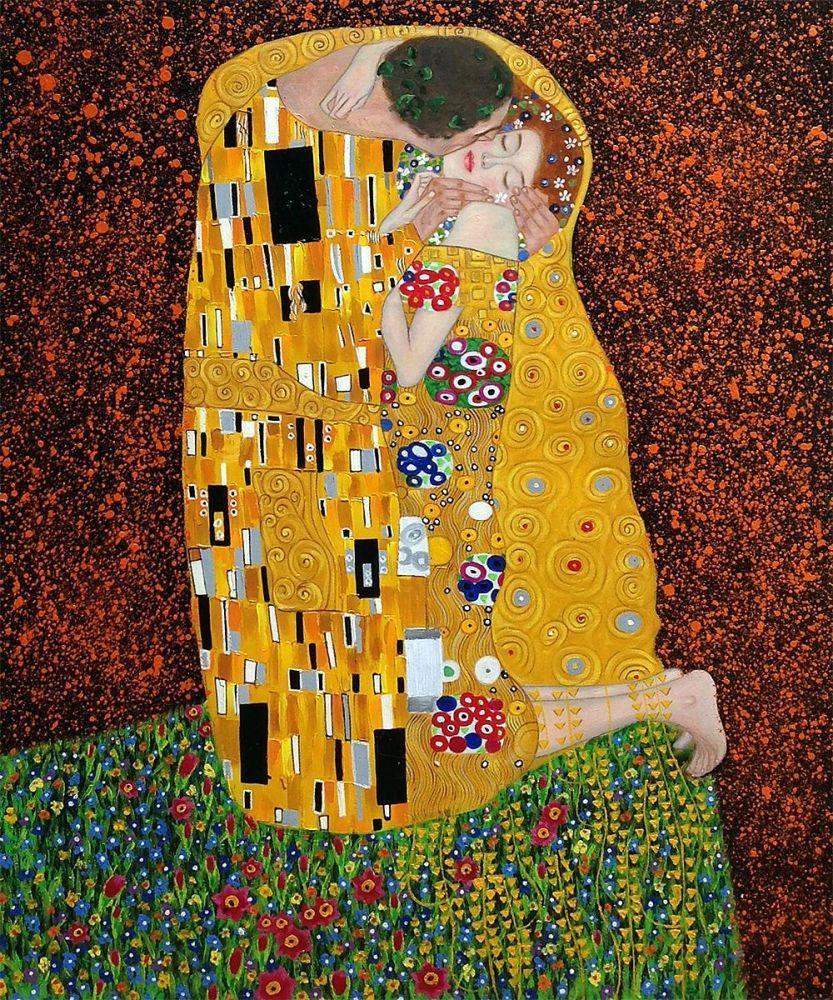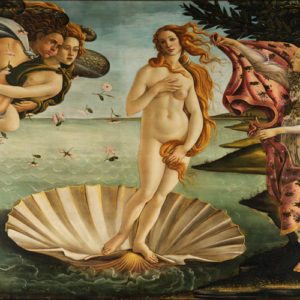Art
Art Reflections
Artistic Visions as Venus Transits Across the Face of the Sun
On June 5th, an event occurred that won’t happen again for more than a century – 105 years, to be exact! If you were lucky enough to have witnessed it… congratulations! For those who did not, you may be wondering what “it” was. What was the event? The transit of the planet Venus across the face of the Sun.
This celestial spectacle is so rare, that schools, museums and astronomy clubs had Venus viewing parties! It all began late Tuesday afternoon in the Western Hemisphere (Wednesday morning in the Eastern Hemisphere), as Venus appeared as a small black dot floating across the surface of our Sun.
 This unique event, a phenomenon called the “transit of Venus,” had both Earth-bound observers as well as astronauts aboard the International Space Station transfixed.
This unique event, a phenomenon called the “transit of Venus,” had both Earth-bound observers as well as astronauts aboard the International Space Station transfixed.
Following a solar eclipse protocol, viewers could not stare directly at the sun, donning protective glasses (solar eclipse glasses which, for future reference, can be purchased at a local museum or online), looking through telescopes outfitted with special filters (at observatories and museums at the aforementioned view parties), wearing welder’s glasses (number 14 or darker), looking through a homemade cardboard pinhole projector or watching online via NASA’s broadcast , Slooh.com or one of several which broadcasted live.
This heavenly phenomenon lasted 6 hours and 40 minutes and was visible from the western Pacific, eastern Asia and eastern Australia. For stargazers and skywatchers across the US, Canada, Mexico, Central America and the northern part of South America, the beginning of the transit could be seen before the sun set on Tuesday, beginning around 6pm EDT. The end of the event could be seen in Europe, western and central Asia, eastern Africa and western Australia after sunrise on Wednesday morning. The best viewing spot? Hawaii. Across the islands, it was one of the prime viewing spots, since the complete transit was visible!
But one had to know where to look, as there was no change to the sky, no change in brightness. Just a small freckle on the face of the Sun.
 Venus transits come in pairs. The last time this transit occurred was June 8, 2004. After this week’s event? Not in our lifetime. The next pair occurs in 2117 and 2125! Lovers of the night sky who missed this unique show will be disappointed. Prior to Tuesday’s sky spectacle, only six have been observed since German astronomer Johannes Kepler first predicted it in the 17th century (the 1600s). This week’s made it only the seventh observed transit of Venus.
Venus transits come in pairs. The last time this transit occurred was June 8, 2004. After this week’s event? Not in our lifetime. The next pair occurs in 2117 and 2125! Lovers of the night sky who missed this unique show will be disappointed. Prior to Tuesday’s sky spectacle, only six have been observed since German astronomer Johannes Kepler first predicted it in the 17th century (the 1600s). This week’s made it only the seventh observed transit of Venus.
The night sky has always been a source of wonder and amazement, as mere mortals observed celestial occurrences with awe – and a sign from the gods. Venus, the planet also known as the Morningstar, so bright she shines like a star in the first blush of dawn, was named after the Roman goddess of beauty and love (her Greek name is Aphrodite). Botticelli’s famous Birth of Venus paid homage to the goddess. The stars sprinkled across the evening sky like diamonds on black velvet held a special beauty for and influence on Vincent van Gogh, in his Starry Nights and his Starry Nights Over the Rhone.
No matter the heavenly event, we will always be fascinated with the sky tapestry beyond our Earth.








